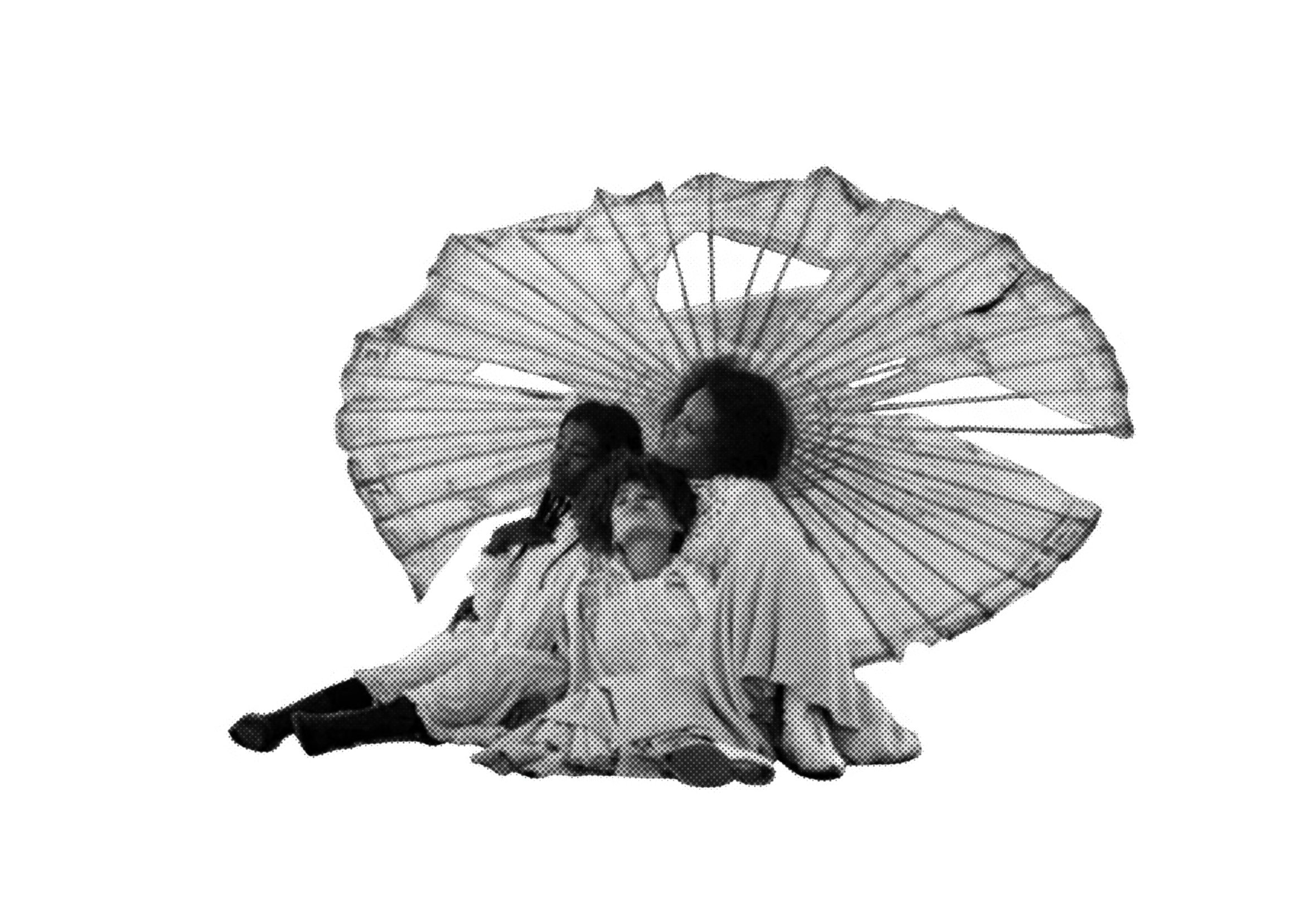
IT’S BLACK AND EVERYTHING ELSE:
‘… I got my mind. And what goes on in it. Which is to say, I got me.’ – Toni Morrison
There have been many different cinema seasons for black history month, but films that highlight black pain and the injustices of an institutionally racist system are frequently foregrounded. Important though many of these films may be, they become tiring to black people, exposing them again and again to a history and presence of suffering. Navigating life is exhausting enough for black people without them having to engage with suffering and trauma in cinema. This season prioritises the interiority of black life and includes work which depicts black people within a variety of generic frameworks to explore their experience. We cannot escape racism, but we can show how black people experience it: as a distraction, as an annoyance that to be dealt with, and as a constant stress that we live with rather than struggle against. In our selections we hope to provide a more holistic examination of the interior life of black people rather than the constant battles of racism.
Playing Away
UK, 1987, Horace Ové, 100 mins
In a misplaced bid for multiculturalism, the fictional town of Sneddington invites The Conquistadors, a cricket team based in Brixton, made up of players with West Indian heritage to play a match in celebration of their ‘Third World Week’. This comedy from Horace Ové shocks and pokes fun with the reversal of white and black stereotypes. A British cricket movie that is largely ignored but deserves to be seen and talked about again.
Burning an Illusion
UK, 1981, Menelik Shabazz, 105 mins
Burning an Illusion follows Pat (Cassie McFarlane) and her social life. In the backdrop of a Thatcherite West London, Shabazz eschews the politicised, the radical and foregrounds a young black woman and leads us through how the pressures of society slowly leads her to radicalisation.
Daughters of the Dust
USA, 1991, Julie Dash, 112 mins
Julie Dash directs the first feature film distributed in the USA made by a Black woman. The story follows three generations of Gullah women of the Peazant family migrating from Saint Helena Island to the North. Shot beautifully by early Spike Lee collaborator and acclaimed video artist Arthur Jafa, Dash’s film gained critical acclaim for its lush visuals, nonlinear storytelling and sense of family, place and memory.
The Stuart Hall Project
UK, 2013, John Akomfrah, 96 mins
John Akomfrah’s archival study of the cultural theorist Stuart Hall is presented with a pointed use of Miles Davis, using the improvisation of jazz and the harmony of a jazz band in relation to the trumpet to present a multi-cultural identity to Black Britain.
Ganja and Hess
USA, 1973, Bill Gunn, 110 mins
Ganja & Hess is a unique and radically black take on the vampire genre. With hallucinatory visuals, it not only reshaped the black imagination, it also changed what vampires could signify on screen. Although director Bill Gunn – riding a wave of blaxploitation bloodsuckers in the early 1970s – said ‘the last thing I want to do is make a black vampire film’, he paved a path for black filmmakers to use genre to say what is unsayable without it.